Is copying photographs cheating?
I have met many people who think that copying photographs is somehow cheating. Certainly it can be used as an easy way of sidestepping the challenges (and opportunities) provided by copying directly from nature. But this does not mean that it can never be justified.
The main purpose of this Post is to publish Chapter 7 of my book “Drawing on Both Sides of the Brain”, which discusses the advantages and disadvantages of copying small, static, two-dimensional photographic images, as compared with confronting the full force of nature, in all its dimensions. Its conclusion is that both possibilities have their place. Rather than condemning the practice of copying photographs out of hand, artists might be well advised to work out what is the best option in the circumstances of the moment.
The chapter also considers an earlier and, for many years, much used memory-based alternative to copying photographic images.
CHAPTER 7 – MEMORY & COPYING PHOTOGRAPHS
____________
Photos and additional material
The remainder of this Post is given over to:
- Two double images showing famous artists using photographs.
- An introduction to: (a) the memory-based method of Horace Lecoq Boisbaudran; (b) his ideas about its value for personal creativity; and (c) its subsequent use for producing “snapshots” of complex scenes.
- Images of five paintings done from memory that could well have been influenced by the Lecoq Boisbaudran’s ideas on memory as a channel to creativity, accompanied by relevant quotations from the artists.
- A series of five drawings from the same photograph which I made to illustrate a magazine article that argued that copying photographs is not without creative possibilities.
Two famous artists who chose to copy photographs
How can a practice be condemned that has been made use of by so many famous artists? And, if it suited their purposes to do so, why shouldn’t they? Figure 1 and Figure 2 provide two examples of a photograph and a copy made from them. It is left to us to speculate as to why the artists concerned thought it a good idea. My guess is that:
- Edgar Degas wanted to paint his models in active poses that would be difficult for them to sustain.
- Paul Cézanne saw the photograph as a way of bypassing the problem of finding a young male model in the South of France.
Both perfectly good reasons. Chapter 7, lists a number of other possibilities.
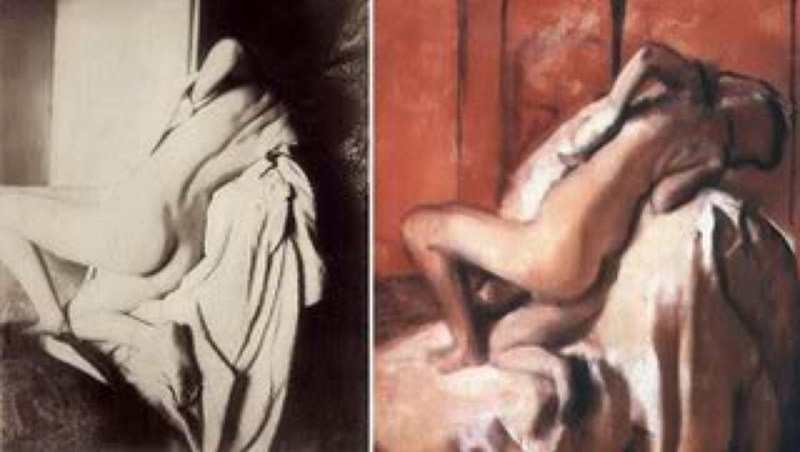

The memory-based method
The earlier method of making accurate copies of nature mentioned above, which achieved a degree of popularity in the late nineteenth and early twentieth century, involved a rigourous training of the memory. It was pioneered, in the middle of the nineteenth century by Elizabeth Cavé (with the support of Eugene Delacroix) and Horace Lecoq de Boisbaudran. The latter’s way of testing whether students had reached the required level was to send them to the Louvre, where they were asked to memorise a painting of their choice. After returning to the studio, they were then expected to reproduce it accurately, from memory.
An example of the successful use of the method comes from an anecdote concerning James McNeil Whistler, who had learned it from Alphonse Legros (Lecoq Boisbaudran’s star student). The story goes that a friend refused to believe it possible to memorise entire scenes up to the required level. To convince the doubter, Whistler proposed a three stage demonstration, which he set about implementing, while his friend was watching:
- First he spent time looking looking intently at the landscape in question.
- Second, he turned turned his back on it.
- Finally, without looking round, he painted what his friend asserted to be an accurate rendering of it.
The friend was amazed and declared himself satisfied with this proof.
Lecoq Boisbaudran’s reason for developing his method
However, even if Lecoq Boisbaudran’s memory training method could enable accurate reproduction, it was far from being its goal. Rather, he saw it as providing a means of opening up pathways to personal expression, an objective that logically requires departures from accuracy. His idea was that drawings and paintings channeled though the memory would inevitably reflect its contents. Accordingly, since the contents of each person’s memory is determined by a unique lifetime’s experience, his method should ensure personalised novelty.
The conception of the memory as a conduit to creativity had important repercussions in the work of many Modernist painters. Among these were Degas, Van Gogh, Toulouse-Lautrec, Gauguin and Bonnard. As illustrated both in Figures 3, 4, 5, 6 and 7 and in the quotations beneath, each artist had a different idea of the degree to which personal expression involved departing from slavish accuracy.
Paintings with quotations by the artists
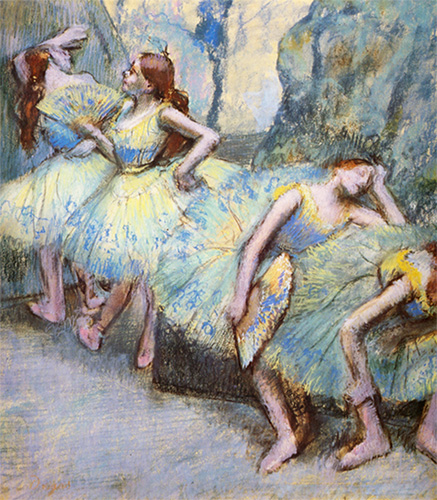
- Edgar Degas: “It is always very well to copy what you see, but much better to draw what only the memory sees. Then you get a transformation, in which imagination works hand in hand with the memory and you reproduce only what has particularly struck you.”
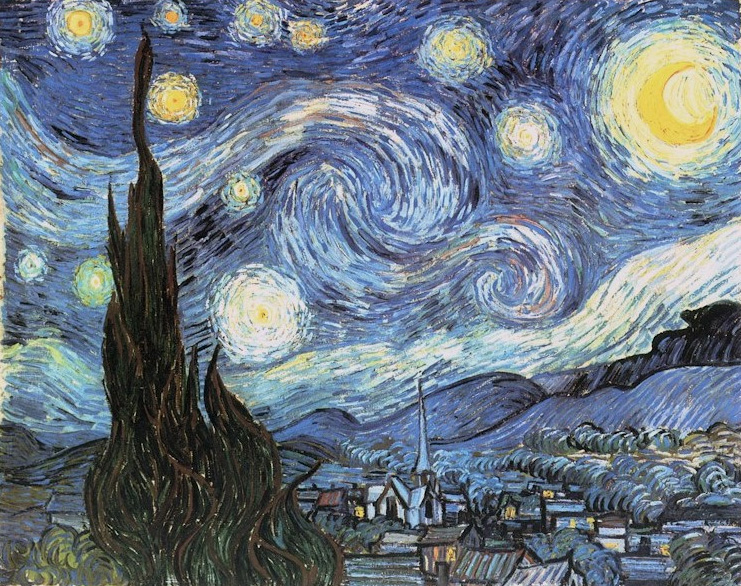
- “Van Gogh: One begins by plaguing oneself to no purpose in order to be true to nature, and one concludes by working quietly from one’s own palette, and nature is the result.”
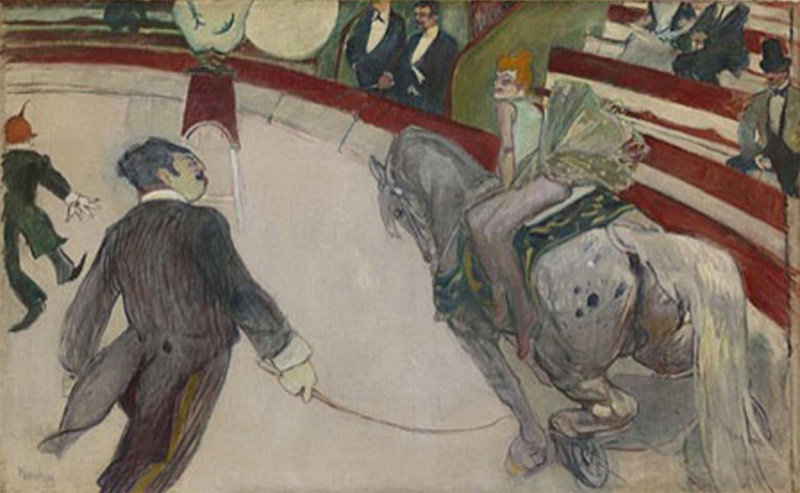
- Toulouse Lautrec (the master of experiments in distortion): “I paint things as they are. I don’t comment.”
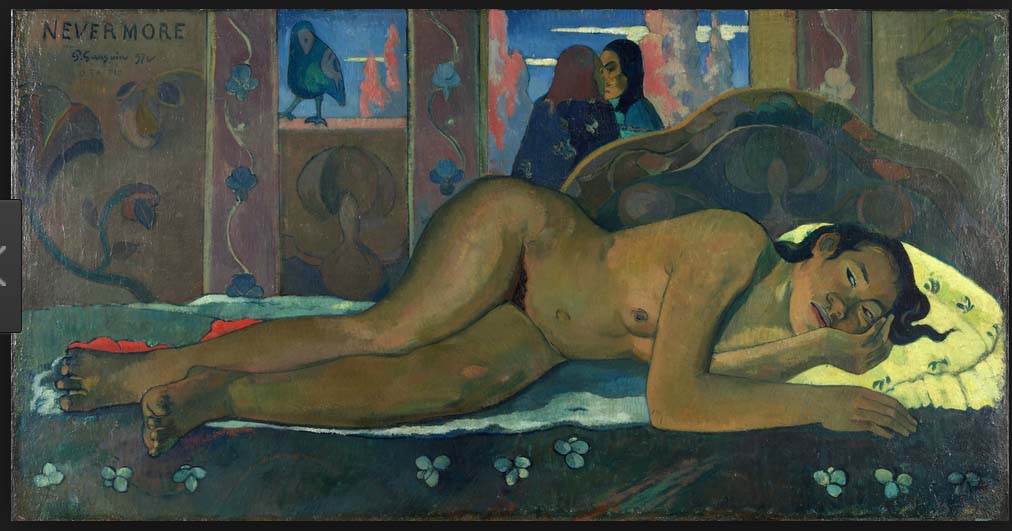
- Paul Gauguin: “It is better to paint from memory, for thus your work will be your own…”
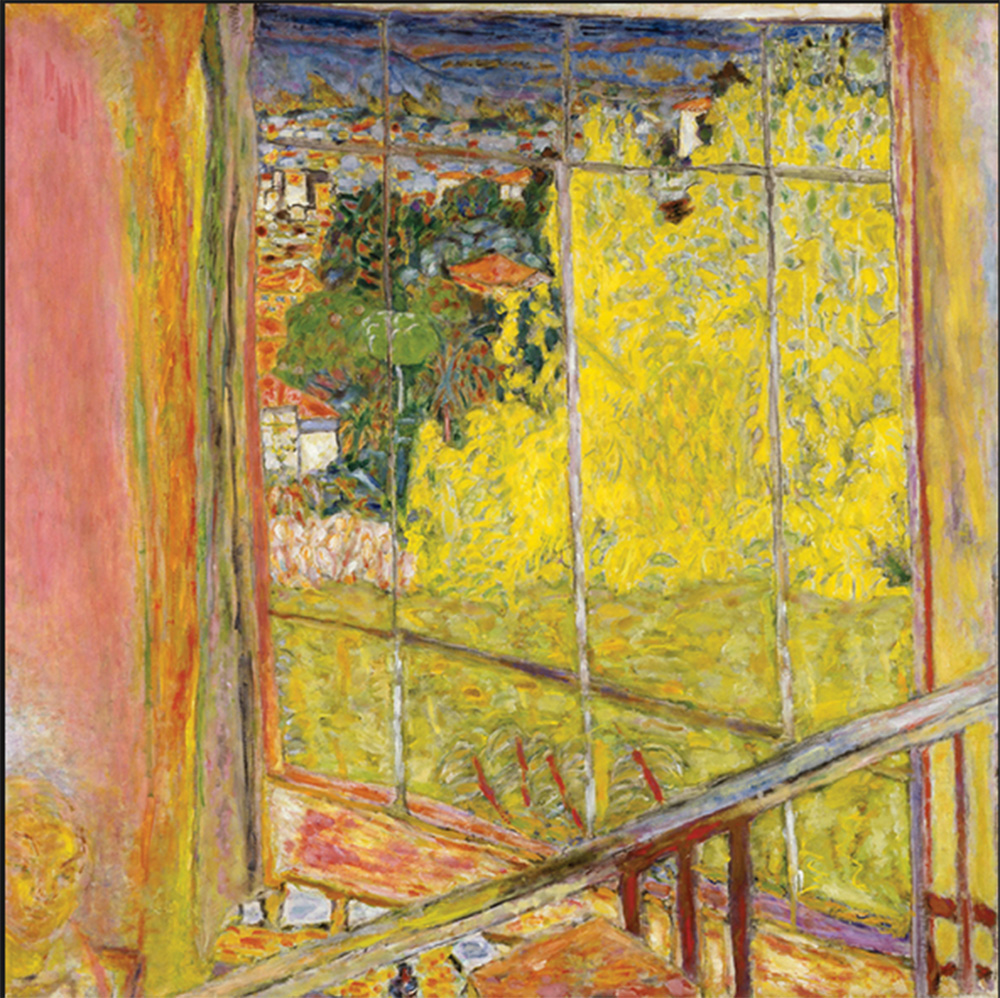
- Pierre Bonnard (who wanted to capture the essence of his experience when he first confronted a scene) : “Get away from nature as quick as possible.”
Five ways of responding to the same photograph
In the context of this Post, it is worth noticing that the paintings in the Louvre copied by Lecoq Boisbaudran’s students were static images. In this respect, they were like photographs, even if they were a lot bigger. It follows that, although the purpose of the training was to encourage artistic creativity when working from nature, it could just as easily encourage it when copying photographs. To illustrate this possibility and to complete this Post, I offer five charcoal drawings of a reclining nude woman derived from the same photograph (unfortunately lost). Their purpose here is to illustrate the value of deviations from accuracy and to suggest that photographs do not necessarily cramp creativity. It should be emphasised that these were thought of as the beginning of a process.

.
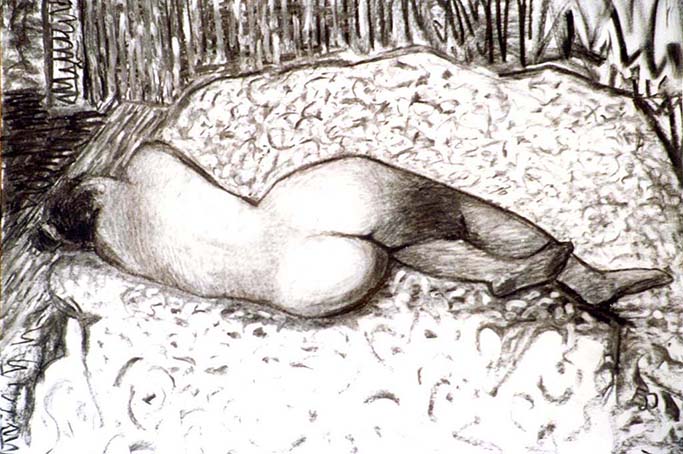
.
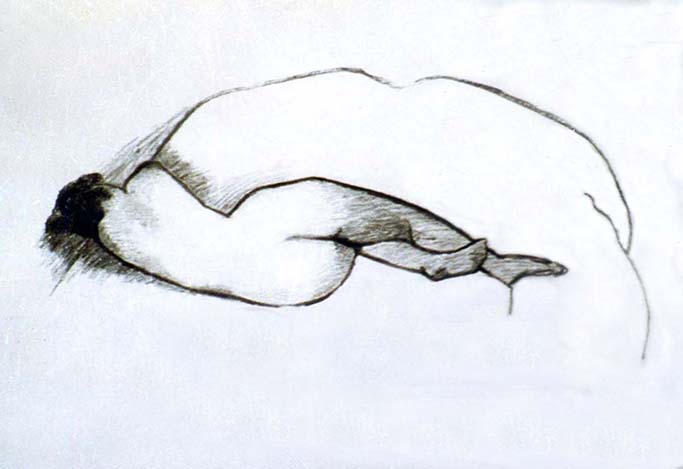
.
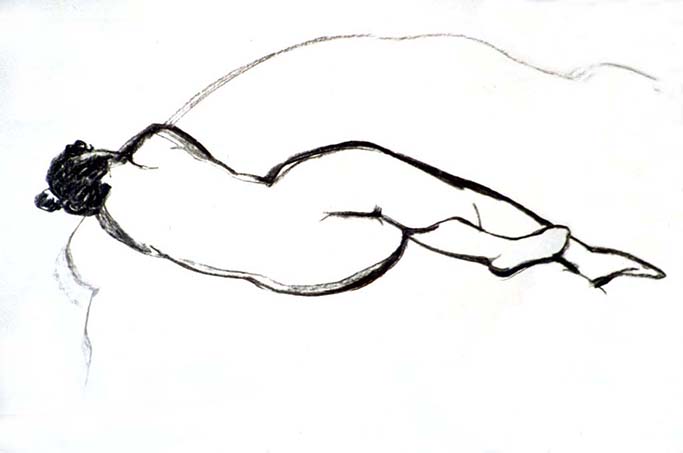
.
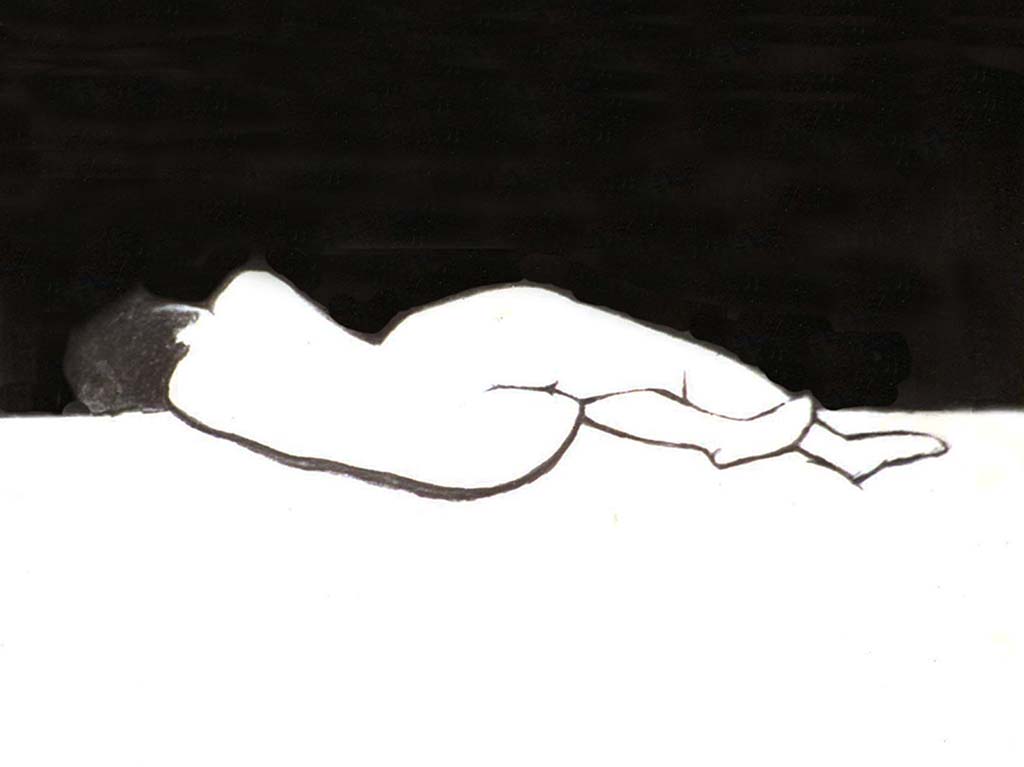
.
_________________________
Other posts including chapters from “Drawing on Both Sides of the Brain”
- Chapter 1: Accuracy versus expression
- Chapter 2: Traditional artistic practices
- Chapter 3: Modernist ideas that fed into new teaching methods
- Chapter 4: the sketch and explaining the feel-system.
- Chapter 5: Negative shapes
- Chapter 6: Contour drawing
- Chapter 8: Fast drawing, learning and expression
fascination as always
Thought provoking; well presented ideas and helpful example images
Wonderful entry…a topic very pertinent to this time of very easy access to photographic images. The images in your Posts are always appreciated. The subject of copying images makes me think of the over 40 ‘copies’ Picasso did of Velasquez’s ‘Las Meninas’. You could write a book on this topic alone!
Thank you Francis for yet another insightful, challenging and informative entry. Your answer to this question is very different to mine when I’ve been asked it thus for me, all the more interesting. I should read more of your challenging and provocative posts. I consider us very fortunate to have you messing with our preconceptions, influencing us!
It took me a while to react to this chapter and I suppose this is because I like to think I’m not a “copying type”… But I must say, as always, this too made for fascinating reading. Thank you, Francis.
bons exemples pour réaliser des oeuvres personnelles et vivantes
bonnes idées , merci
Very informative; enjoyed the examples and quotes….a concise, clearly explained Post.
The first time I’ve read this chapter. I’m glad to know that as a learner, I can use photographs and other two-dimensional images as part of a process of becoming familiar with images, learning to compare images, and learning how to see images and their values and details in different ways.